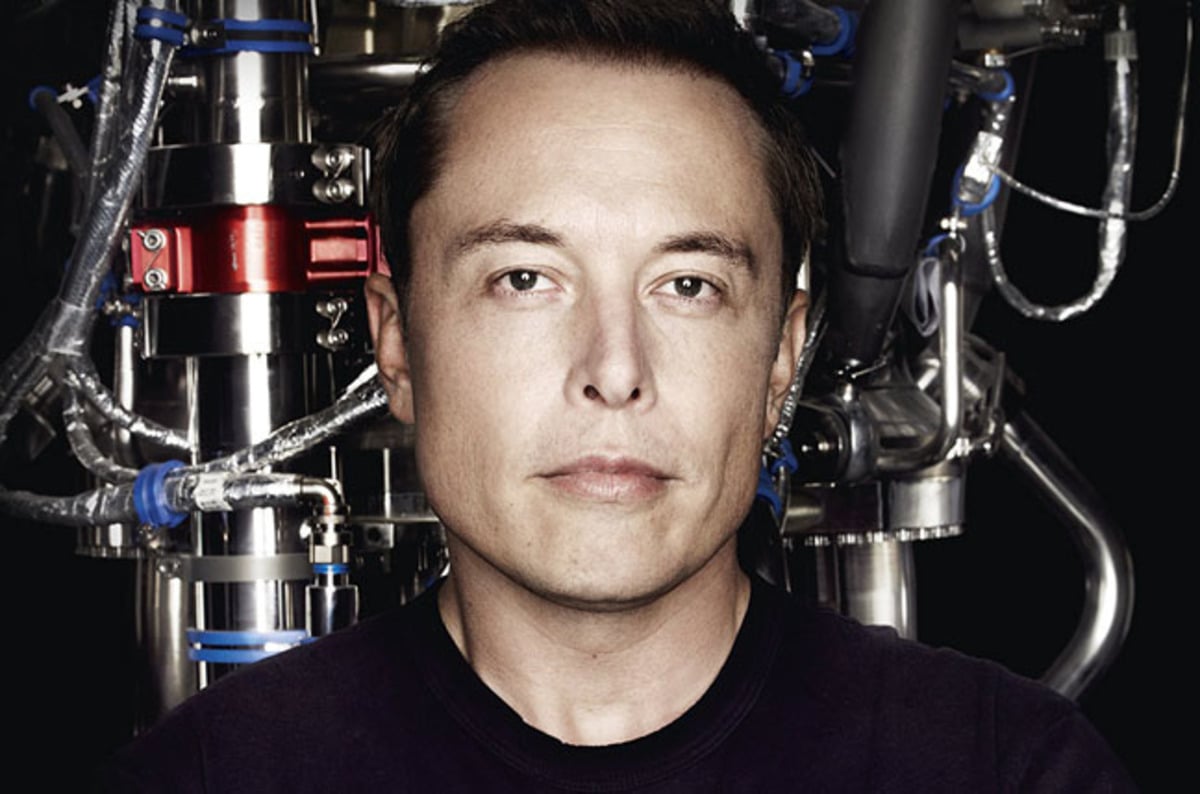According to Elon Musk, driverless car technology is a problem that’s pretty much solved. As he’s made clear numerous times, the regulators need to catch up.
And they might want to start moving faster, because Musk isn’t slowing down.

The chief executive of electric car maker Tesla said Wednesday that all the cars the company produces going forward will be equipped with the hardware needed to transform them into self-driving cars, as soon as the software and road rules are ready.
On Thursday, the company posted a video with a Rolling Stones soundtrack that shows a Tesla Model S driving itself around highways and streets in Silicon Valley, pulling into a Tesla parking lot, searching for a spot and parking itself. It even spins its front wheels to the left so the passenger-side tire properly kisses the curb.
Musk said he aims to dispatch a driverless vehicle from Los Angeles to New York by the end of next year.
“This is going to have a big impact forcing the hands of regulators,” said Mike Ramsey of market researcher Gartner. And on other automakers, too: “If [Tesla] is successful the others will be saying ‘we are so far behind!’ ”
Automakers have said driverless cars could be ready for sale within three to five years, but Tesla appears to be moving faster.
Kelley Blue Book analyst Karl Brauer called the Tesla news “a big upfront commitment to self-driving technology that other automakers may not be willing to make at this point.”
The National Highway and Safety Administration issued loose guidelines for driverless car regulation last month, urging states and cities to coordinate new rules so a mishmash of regulations doesn’t impede the development of driverless cars. The federal government believes the technology will dramatically reduce traffic crashes and deaths.
The California Department of Motor Vehicles has produced draft regulations and is seeking public comment before they’re made final.
The automotive industry generally welcomes rules that provide certainty but opposes those that it believes will impede the progress of driverless technology.
In the U.S., the individual states set the driving rules. It’s possible, Gartner’s Ramsey said, that drivers will be able to turn tasks completely over to the robot in some states, but have to retake the wheel when the car crosses state lines.
The new Tesla hardware includes eight cameras that provide 360-degree visibility, 12 ultrasonic sensors with added sensitivity, and a forward-facing radar the company says will see through heavy rain, fog, dust “and even the car ahead.”
The newly equipped vehicles will be nearly indistinguishable from existing models and won’t look anything like the experimental driverless cars whose rooftops are loaded with obtrusive technology that makes them look like mobile radar stations. “There is nothing sticking out,” Musk told reporters. “This in no way makes the car ugly.”
The new sensor and processor package, which Musk referred to as Hardware 2, will be equipped with “a new onboard computer with more than 40 times the computing power of the previous generation,” the company said.
Musk identified Nvidia as the maker of the new computer board, which will use the company’s Titan processor. Nvidia is a video game and graphics processing powerhouse that’s making a big leap into the automotive market.
Nvidia is working on demonstration projects with most major automakers and this year formed a development partnership with BMW and Israeli vision software company Mobileye.
Musk, however, said vision processing for the Hardware 2 suite is being developed in-house at Tesla. Tesla and Mobileye were once partners but ended their relationship in July.
Current Tesla owners won’t be able to upgrade to the new driverless hardware. “It’s not realistic,” Musk said. “It would be like giving the cars a spinal cord transplant.”
The new package, he said, will add $8,000 to the cost of each car, although how that will affect consumer pricing is yet to be determined. The current hardware suite adds $3,000 in cost, he said.
Although the cars won’t make full use of the new hardware for some time, Musk said it won’t sit there useless. It will add capabilities to the company’s existing Autopilot driver-assist technology, including lane keeping and collision avoidance.
Driverless software will operate in “shadow” mode behind the scenes, to be used by Tesla’s software developers to perfect autonomous technology.
The company’s cars are connected to a cloud computing system that Tesla takes feedback from the cars and sends back improved software. The company calls it “fleet learning.”
The upgrade adds yet another project to Musk’s ever-rising stack of ambitions.
He’s already producing two cars at Tesla, models S and X, and delivered 50,000 of them last year. By the end of 2017, if Musk’s schedule is met, the first Model 3 mid-market sedan will pop off the assembly line. Musk has vowed to pump out 500,000 vehicles in 2018.
He’s intent on creating an alternative energy powerhouse. Tesla already makes car batteries and Powerwall-brand home storage batteries. The company is constructing a gigantic $5-billion structure it calls the Gigafactory outside Reno to turn out batteries in large numbers, and opened a piece of it over the summer.
The alternative-energy plan depends on completing a $2.3-billion stock deal that would fold solar energy company SolarCity into Tesla. Musk is the largest shareholder at each company. The other shareholders are set to vote on the deal in November.
And, of course, Musk’s ambitions extend beyond Earth. His Hawthorne-based rocket-and-capsule company, SpaceX, launches satellites and cargo, with future plans to carry humans to the International Space Station in a contract with NASA. Eventually, Musk plans to colonize Mars.
russ.mitchell@latimes.com
ALSO
Driverless-car makers worry that California's proposed rules will slow their progress
New Teslas will have all the hardware to be driverless cars, Elon Musk says



